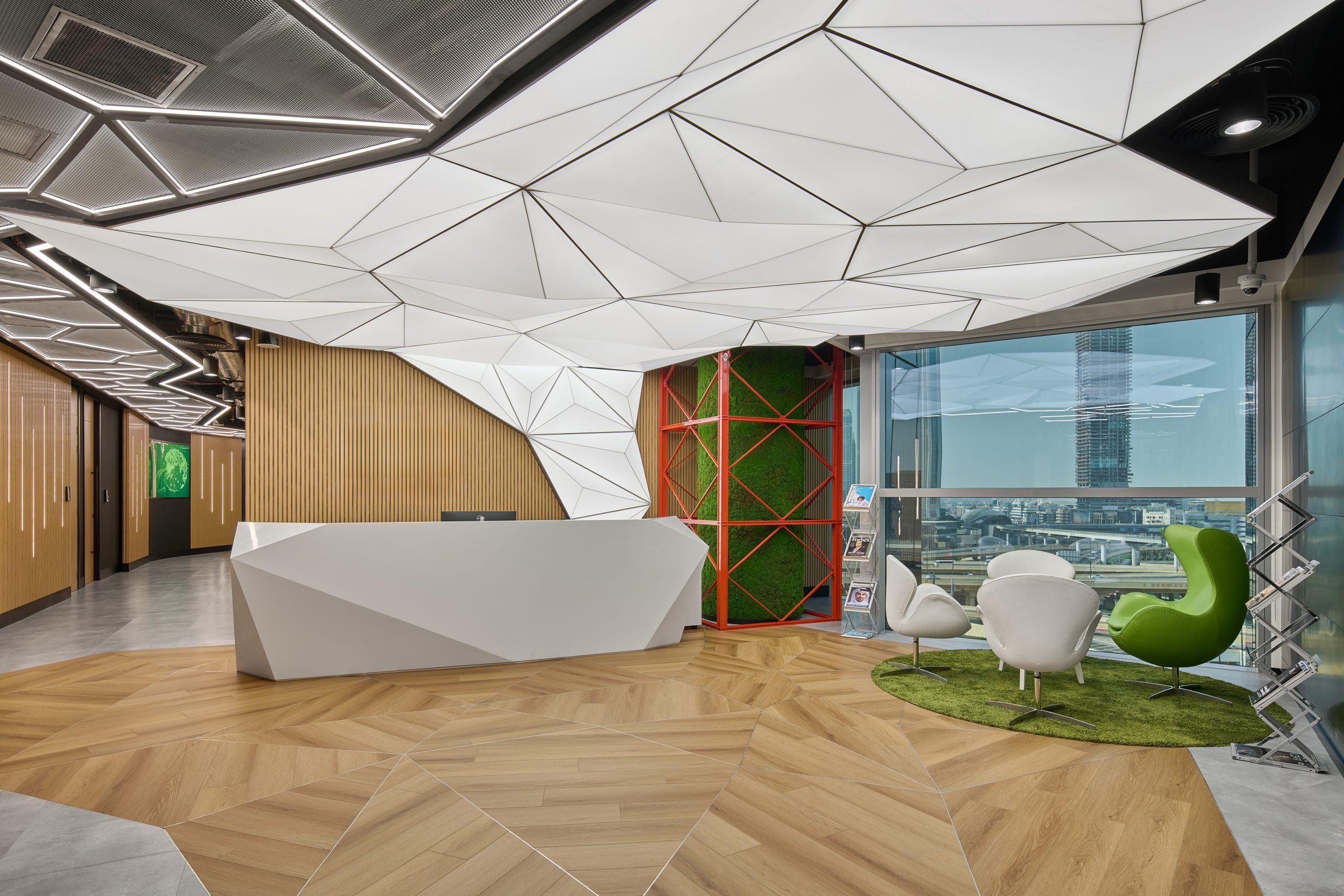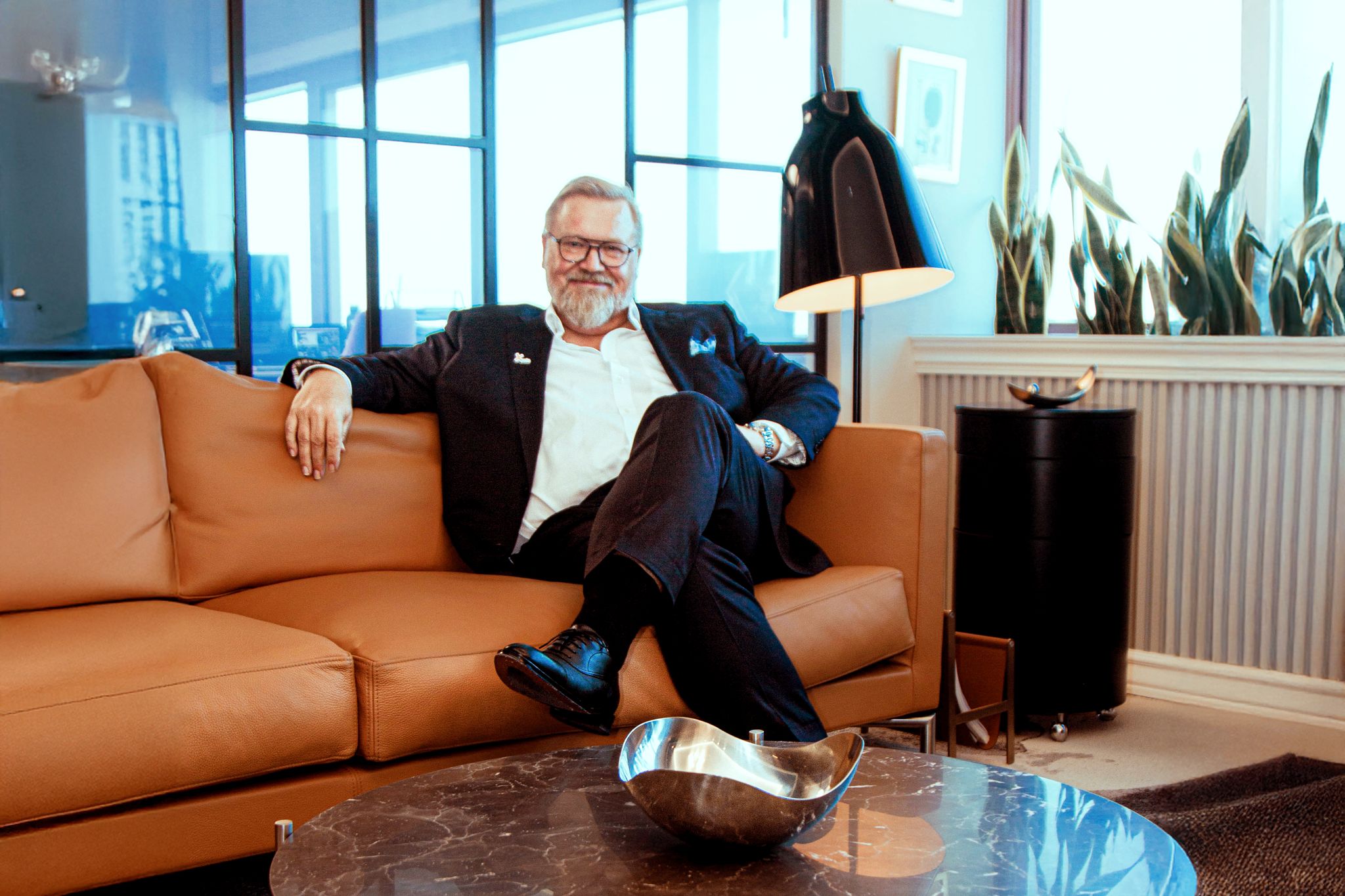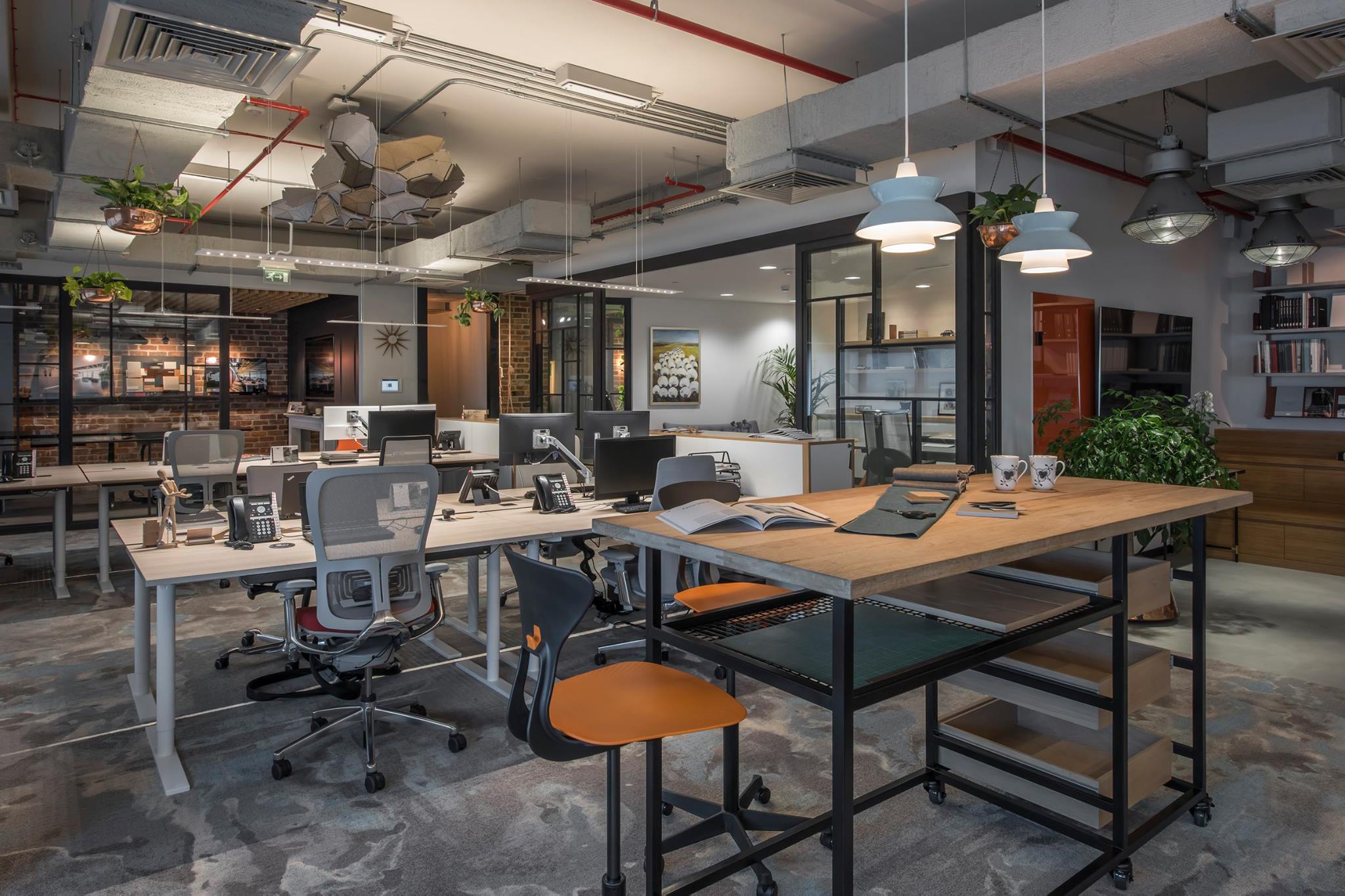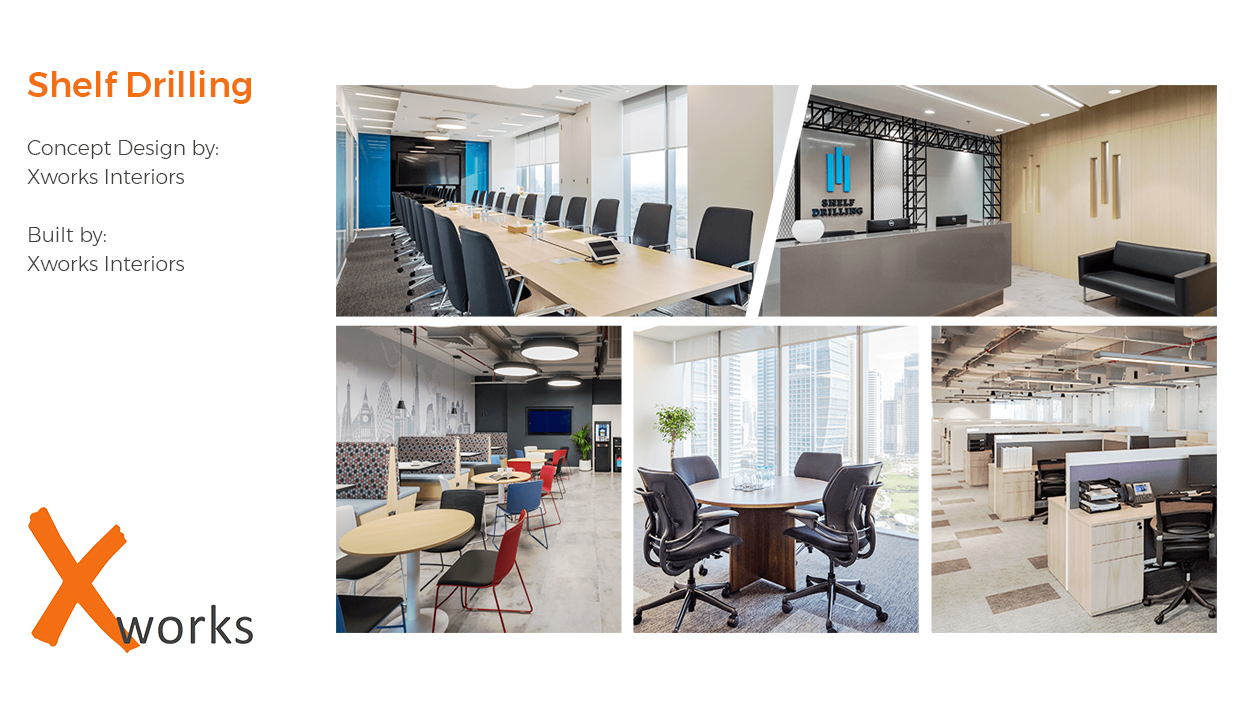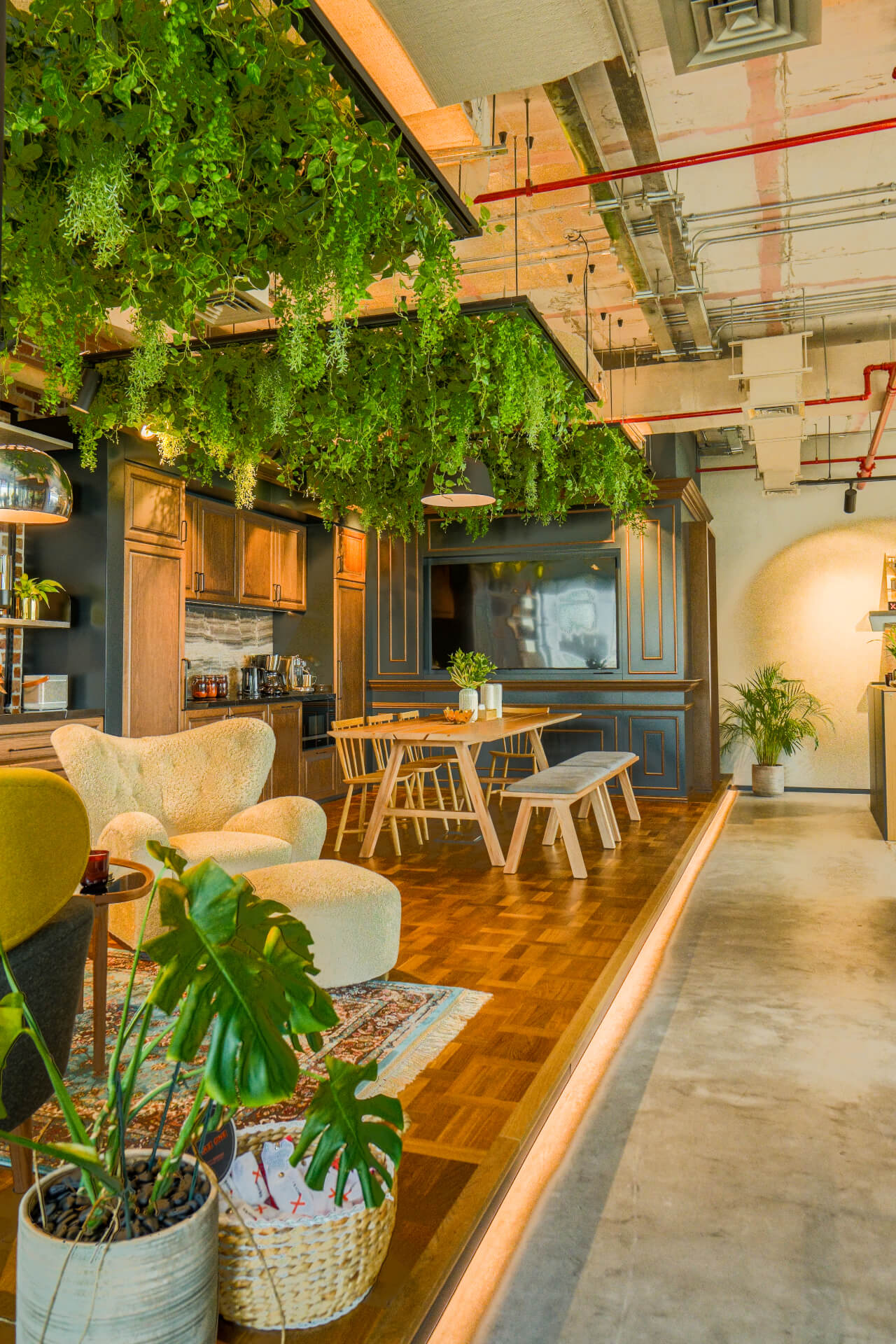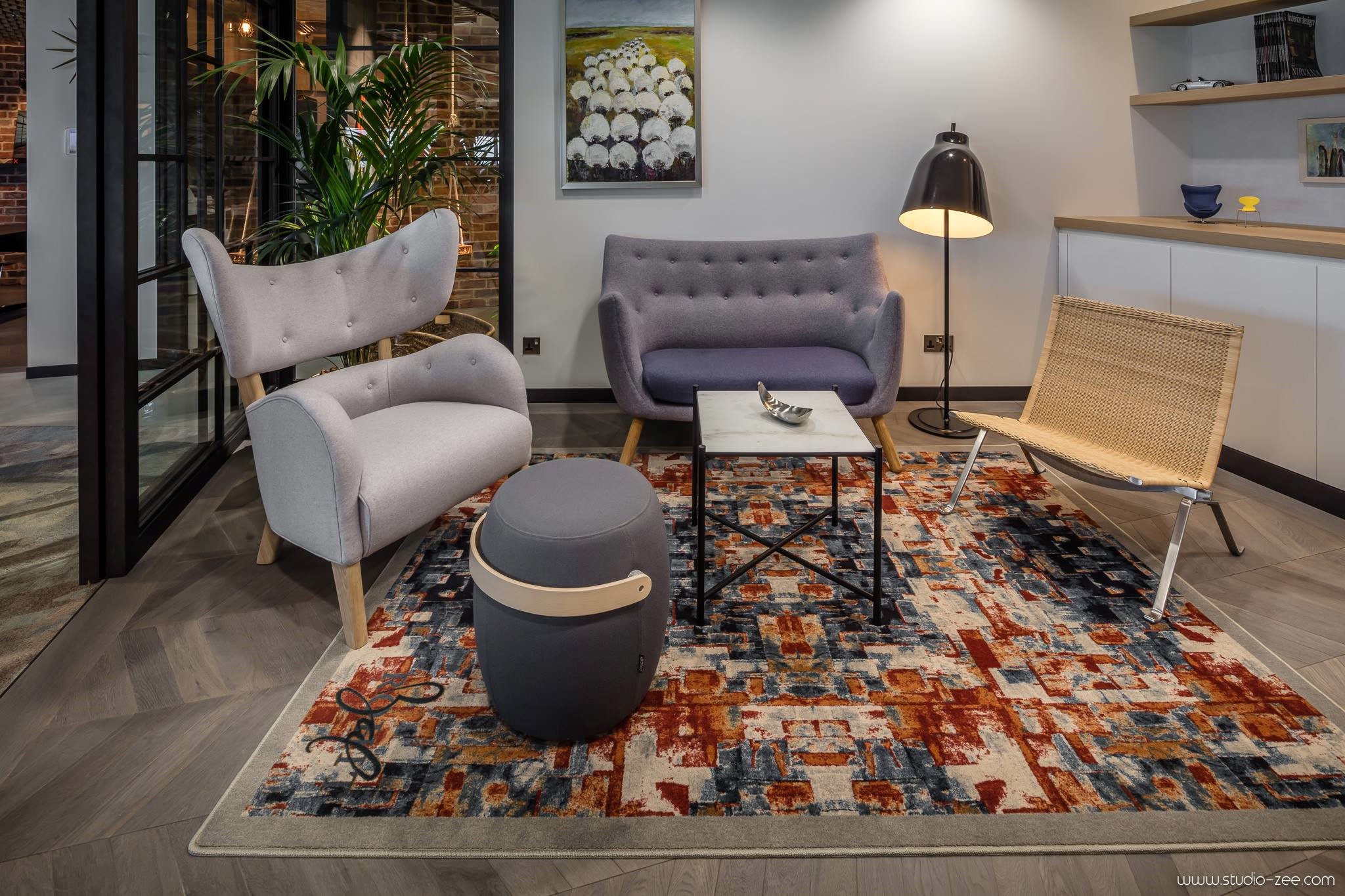
Innovative design in Dubai: 10 trends proven to improve productivity
Offices throughout the world are changing the way they approach every day work. The landscape of office design is evolving from cubicles and conference rooms to health-friendly and innovative environments shown to improve productivity. Studies are emerging every day noting the benefits of changing design to better reflect a company’s core values as well as the core values of it’s employees. Here is a list of the top 10 trends proven to boost office efficiency in 2017. 1) Flexible Layouts Utilising space should be a priority when considering your new office fit-out. Large and private conference have become too segregating, and thus designers are instead creating ‘quiet’ spaces within the workplaces, break rooms, glass conference rooms and areas that can be versatile and switch between private and public sections. 2) Collaborative Furniture An essential part of designing a flexible layout is using furniture that can adapt to new and changing requirements. Think meet-point tables, desk pods, benches that curve and encourage conversation between employees. Collaborative furniture promotes the exchange of ideas and boosts morale in the work place by stimulating the formation of bonds between employees and creating a space where ideas can thrive. 3) Biophilic Design Bringing the outdoors in decreases the environmental impact of the built environment as well as reconnecting us to the natural world. Being around nature largely impacts our physical and mental well-being. ‘Studies have shown that our ability to directly access nature can alleviate feelings of stress, promote recovery from mental fatigue, enable better focus, mental stamina and productivity’ This includes exposure to daylight, images of nature, natural materials, and implementing plants and gardens. 4) Ergonomics In addition to collaborative furniture, consider furniture that will provide workers with comfort. ‘For example, using a laptop on a coffee table from a couch does not support good posture. Neither does cramming your neck while sending an email from a beanbag chair.’ Ergonomics can include adjustable desks and chairs that support your back and the sometimes sedentary life of the office. Using these features can improve productivity by relieving strain and providing comfort. 5) Technology Technology isn’t about interior design necessarily, but incorporating innovative technology can make the work place more interesting and convenient. Removing wires can allow for flexible layouts, making it easy to take your work anywhere within the new environment. Employees can take their work to a quiet space, or move to a more collaborative region of the space. Using interactive technology like game consoles can bring fun back to the office, which will boost enthusiasm and thus increase productivity. 6) Movement ‘Latest research confirms that sitting smart, combined with standing and walking options, can have a big impact on worker wellness and productivity.’ Encouraging employees to take the stairs can be one way to wake up a worker’s metabolism, thus having positive impact on their overall health and improving energy levels and productivity. Leading office design team in Dubai, X Works, has set up an internal competition to promote movement. Managing director Kaj Helstrand states, “To achieve the fitness standard, we will be giving all employees a band to track how many steps they take during the day’. It’s a clever and simple solution that can benefit any business in many ways. 7) Acoustic Panels In open offices, many workers complain of being distracted by noises. According to studies, it’s one of the biggest distractions in the office and affects the entire work force. Research by Oxford Economics found that “Millennials were especially likely to voice concern about rising decibels, and to wear headphones to drown out the sound or leave their desks in search of quieter corners”. Introducing acoustic control cans provide interesting aesthetic design as well as minimise noise. 8) Minimalisation ‘The modern connected workstation has a multitude of devices plugged into power points, with wires crumpled behind screens and power boards scattered underneath.’ By applying minimalistic design to the office, businesses can reduce the utilitarian effect. Clutter free desks can be creating through seamless storage area, lighting can negate the sharpness and create a nice and neutral ambiance, and glass walls can open up spaces and minimise colour contrasts and shadows. 9) Colour Organisation Jeff Miller, the vice president of design at Poppin is a big believer in offices organized by colour. He discusses several studies that show how colour can boots happiness, productivity and creativity, “We’re seeing more offices integrate pops of colour in unexpected ways.” It’s not the colour, but the intensity that can affect your behavior. Finding the right balance can soothe or stimulate. 10) WELL Building Standard Probably the most important trend of office design is the WELL building standard. WELL focused on seven elements that are believed to be vital for a positive and functioning workplace. These standards include Air, Water, Nourishment, Light, Fitness, Comfort and Mind. Finding a design team that can apply this standard will benefit a business immensely. These seven pillars are the future of both office design and productivity.
